propagating
br33
12 years ago
Related Stories
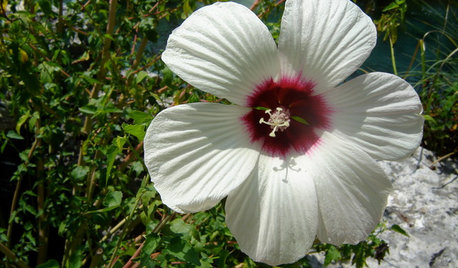
GARDENING GUIDESGreat Design Plant: Hibiscus Moscheutos
Crimsoneyed rosemallow is an ideal flowering perennial for wet sites and is ready to propagate now
Full Story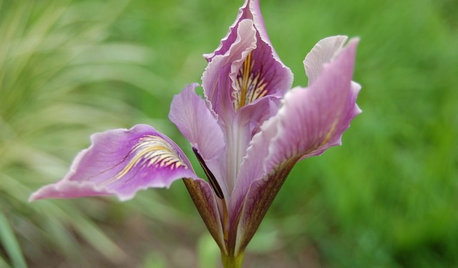
FLOWERSPaint a Garden Delightful With Iris
Charming and colorful, irises propagate easily, are hardy in many soils and climates, and unfold with layers of beauty
Full Story
WINTER GARDENINGExtend Your Growing Season With a Cold Frame in the Garden
If the sun's shining, it might be time to sow seeds under glass to transplant or harvest
Full Story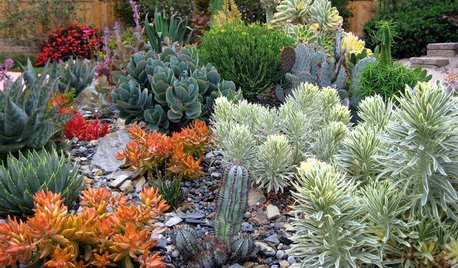
GARDENING GUIDESA Beginner’s Guide to Growing Succulents
Their easy-care reputation is well-deserved, but a little TLC will turn succulents into star plants
Full Story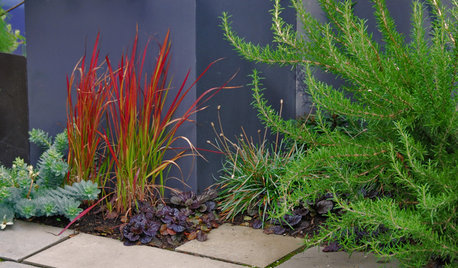
RED FOLIAGEGreat Design Plant: Japanese Blood Grass
This dramatic, ruby-tinged grass bridges the gap between red and green, short and tall plants
Full Story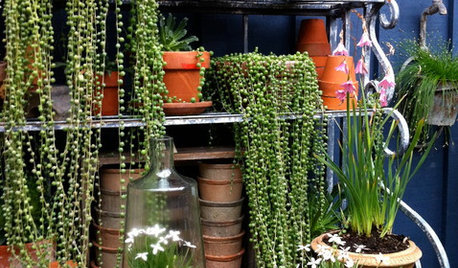
HOUSEPLANTSCascading Succulents Bring Fun Shapes to Your Indoor Garden
For eye-catching spillers with delicate beauty and minimal needs, it's hard to beat these 2 trailing houseplants
Full Story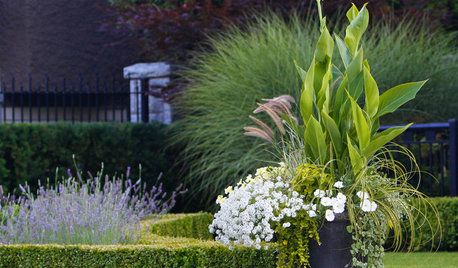
GARDENING GUIDESGreat Design Plant: Cannas
Easy to grow and maintain, these showy, colorful plants are perfect for beginning gardeners
Full Story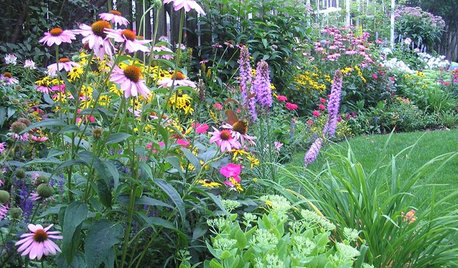
LANDSCAPE DESIGNTry Slow Gardening for Some Unexpected Benefits
Why set your garden on the fast track? Here's how to relax and enjoy it in an entirely new way
Full Story
MORE ROOMSOn Trend: Smart Solutions for Cords
Show those cables and wires who's boss with these clever solutions for the home office
Full Story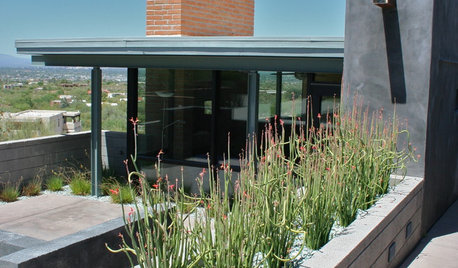
GARDENING GUIDESGreat Design Plant: Slipper Plant
Unthirsty succulent looks great all year and offers an unexpected surprise in fall
Full Story





morz8 - Washington Coast
br33Original Author
Related Professionals
Fillmore Landscape Architects & Landscape Designers · Kyle Landscape Architects & Landscape Designers · Waunakee Landscape Architects & Landscape Designers · Canton Landscape Contractors · Chattanooga Landscape Contractors · Davidson Landscape Contractors · Fort Wayne Landscape Contractors · Maywood Landscape Contractors · Oklahoma City Landscape Contractors · Pompton Lakes Landscape Contractors · St. Louis Landscape Contractors · West Covina Landscape Contractors · West Orange Landscape Contractors · West Palm Beach Landscape Contractors · Wethersfield Landscape Contractorsmorz8 - Washington Coast
botann
FshyPlnts
mainegrower
FshyPlnts
mainegrower
strobiculate
FshyPlnts
jolj
FshyPlnts
gamountains
FshyPlnts
akamainegrower